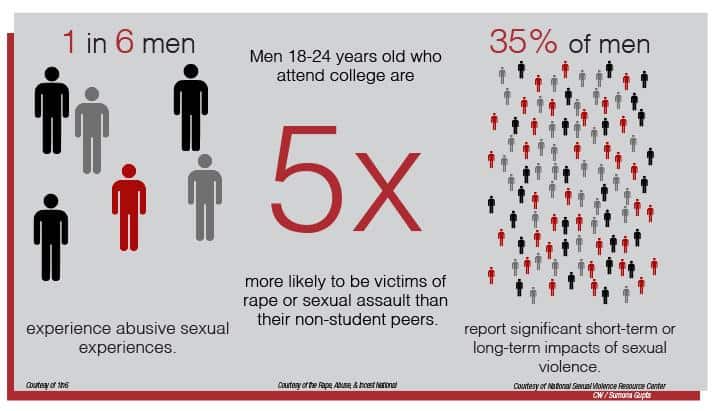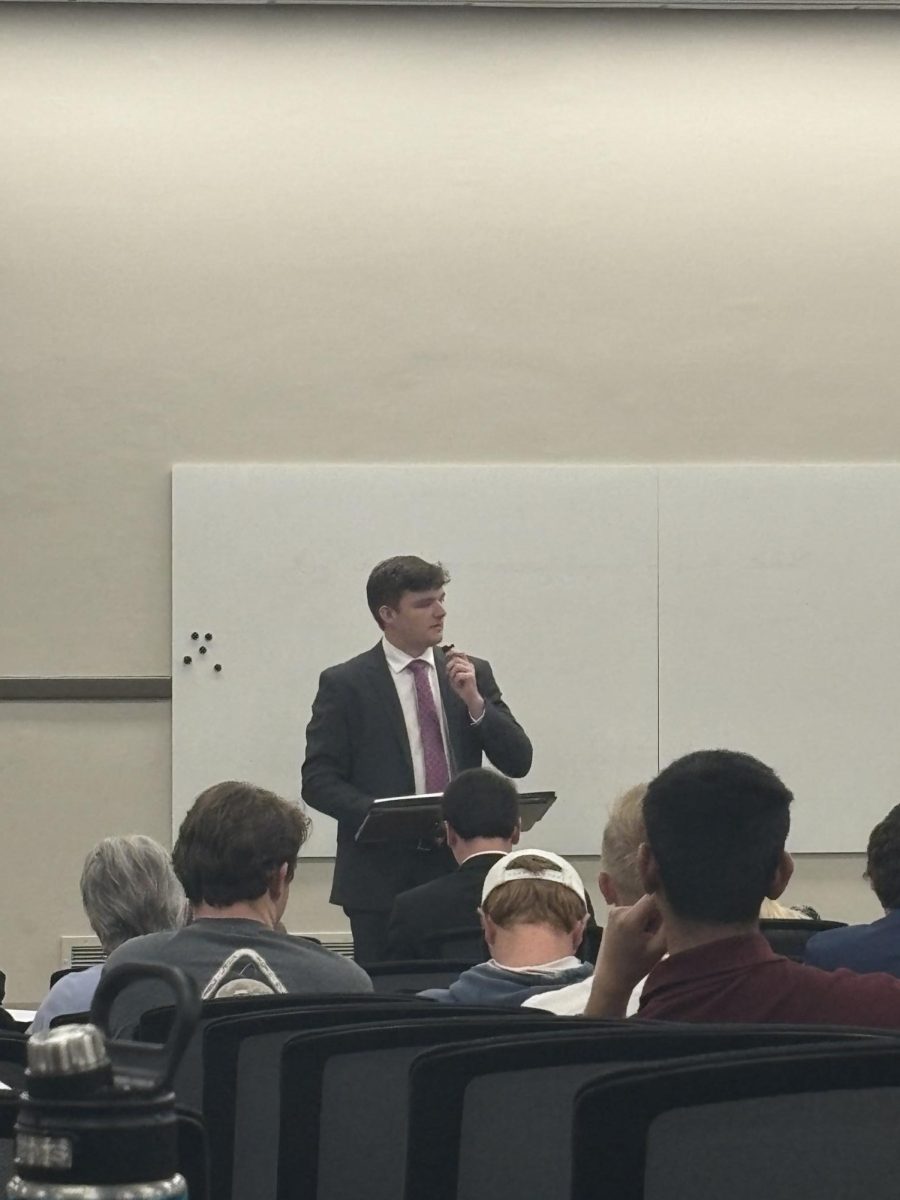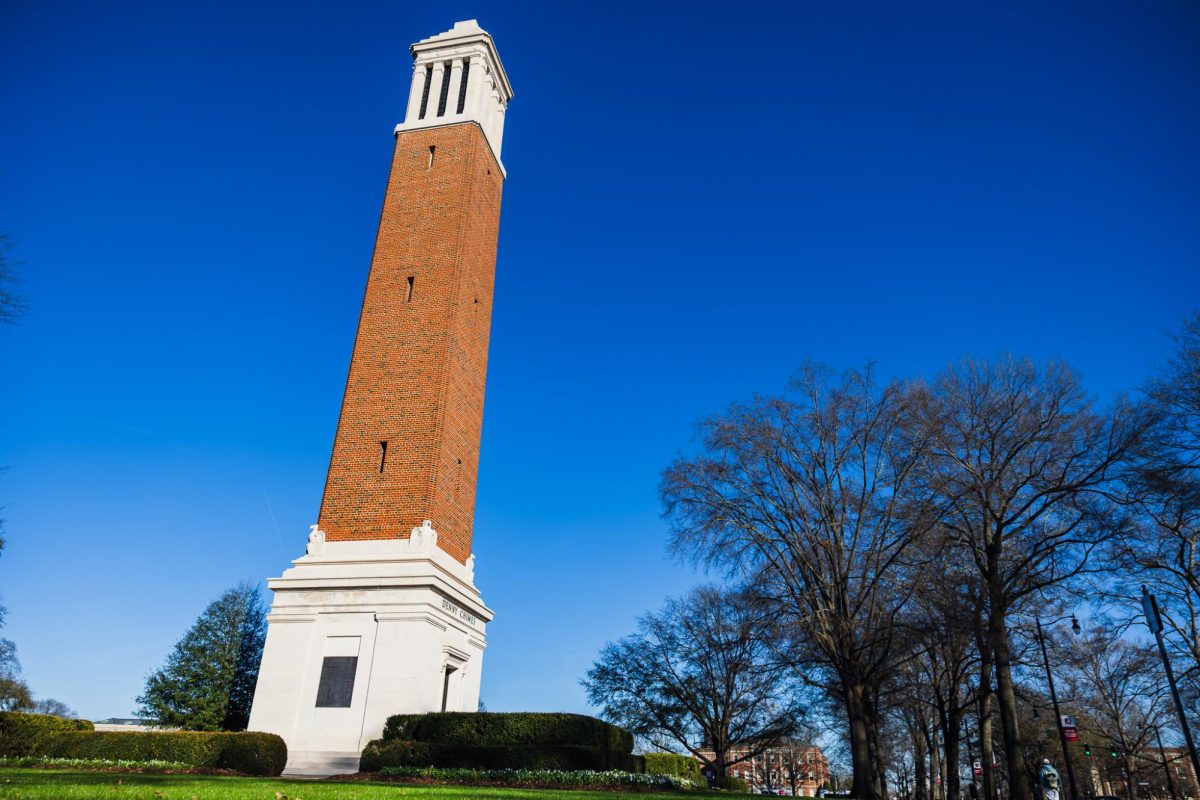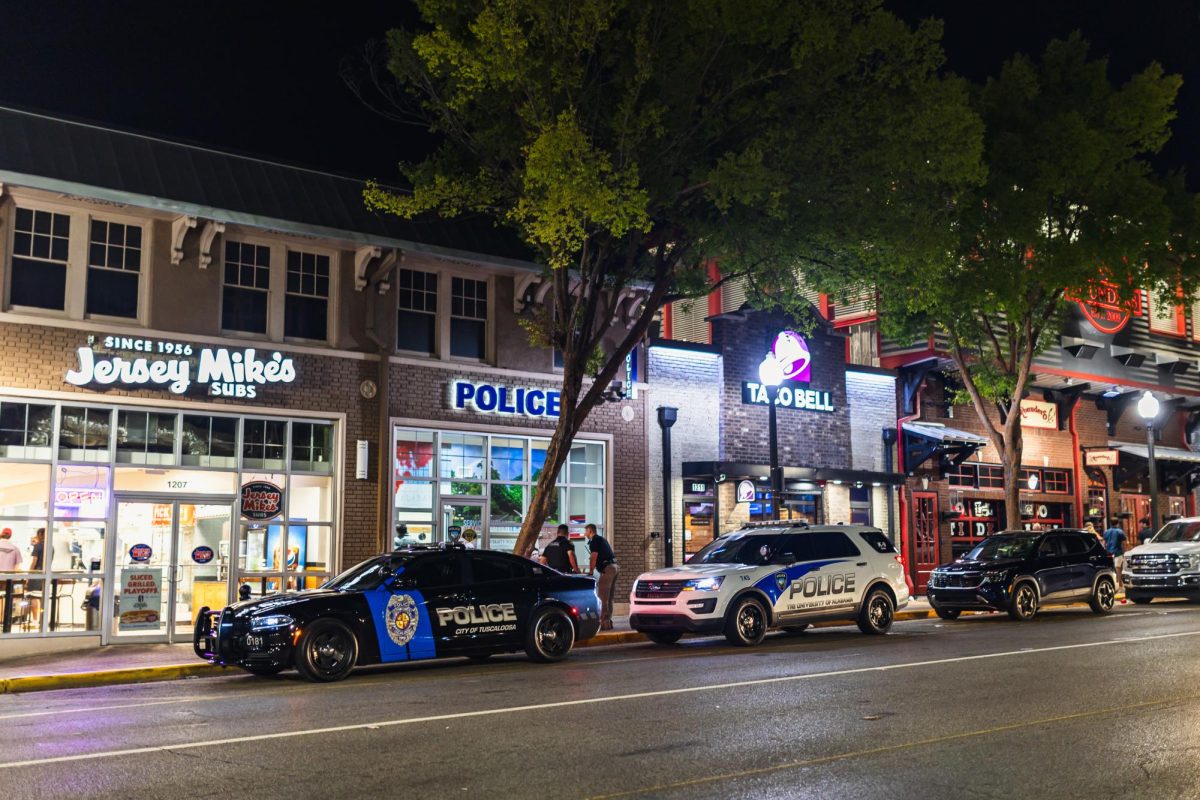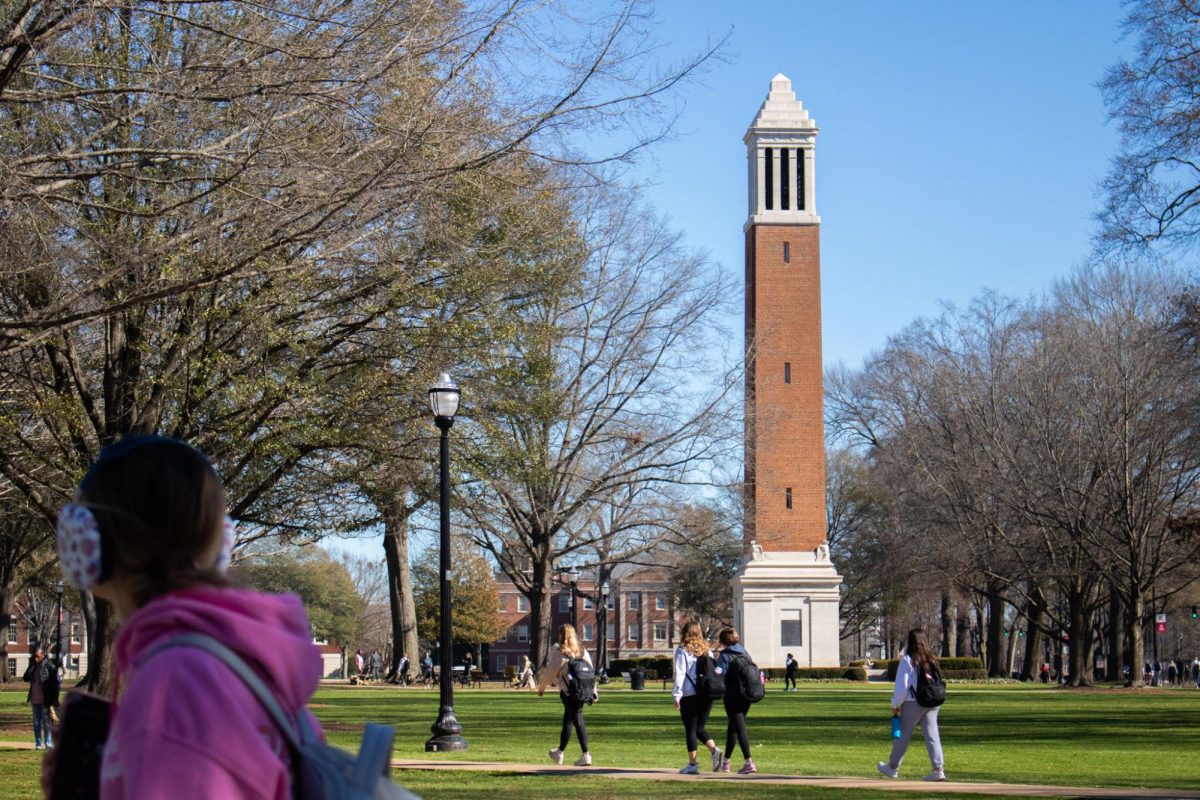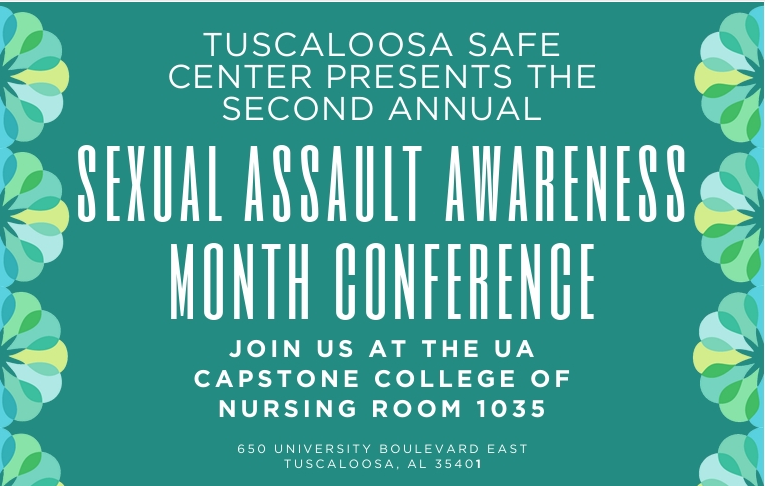After the final credits of the documentary “Yeah, Maybe, No” rolled off the screen, a reflective silence settled over students seated in the Ferguson Student Center theater. The pensive quiet was soon replaced by constructive discussion facilitated by Zoe Winston, a representative from the Women and Gender Resource Center, and Lizzie Emerson, a graduate assistant for UA Safezone. Winston and Emerson challenged students with thought-provoking questions centered around “Yeah, Maybe, No,” a film that examines sexual assault and the role of consent from the perspective of a young man named Blake.
The screening of the film was the first event in the Student Health Center’s third annual Wellness Week: A weeklong agenda of events designed to promote wellness in all aspects of life. The documentary was partially chosen because it provides viewers with the view of sexual assault from the vantage point of a male, said Brittney Vigna, the coordinator of Wellness Week for the SHC.
“‘Yeah, Maybe, No’ incorporates a lot of good information,” Vigna said. “It talks about consent and it also talks about sexual assault from a perspective that happens, but is not heard of very often, which is the male perspective of sexual assault.”
While sexual assaults and rapes perpetrated against males are less common than those perpetrated against females, they still compose a statistically significant portion of overall sexual assaults and rapes. Males are more likely to be preyed upon on college campuses than off.
According to the Rape, Abuse & Incest National Network (RAINN), males between ages 18-24 who are college students are approximately five times more likely than non-students of the same age to be a victim of rape or sexual assault.
The increase in susceptibility among males in college is consistent with other genders as well, primarily because being in college represents a higher risk time for sexual assault or rape in general, Winston said.
Although it is known that males are victims of sexual assaults and rapes as well, the conflicting public perceptive that surrounds the issue may hinder awareness and support being provided to survivors.
“Often times there is a stigma associated with being a victim of sexual assault and that stigma can be escalated for men, just in the way men and women socialize and the way that we view constructs of gender,” Winston said. “Some people say that sexual assault can be emasculating and someone that experiences it is not really a man, which of course is not true.”
Male survivors may be less inclined to report or receive treatment for sexual assault or rape due to public perception and complications reporting. To combat these issues, the Women and Gender Resource Center underwent a name change several years ago, adding ‘Gender’ to the name to make it clear that they serve clients regardless of sexual identity.
In order to further counteract the stigma associated with male victims of sexual assault or rape, Winston said that friends of male survivors should approach supporting them the same way they would a female survivor: with belief, understanding and appreciation.
“The first and best thing I can always recommend is always believe what the person is saying is true. As friends, we’re not the jury,” Winston said. “Always believe what someone is saying is true, but also respect that they are saying something happened and it hurt them. Listen and support them.”
The Women and Gender Resource Center offers free and confidential counseling and advocacy for survivors of dating and domestic violence, sexual assault, stalking and harassment, as well as adult survivors of child abuse. There is no limit on the number of times people can access their services, which are always free.



